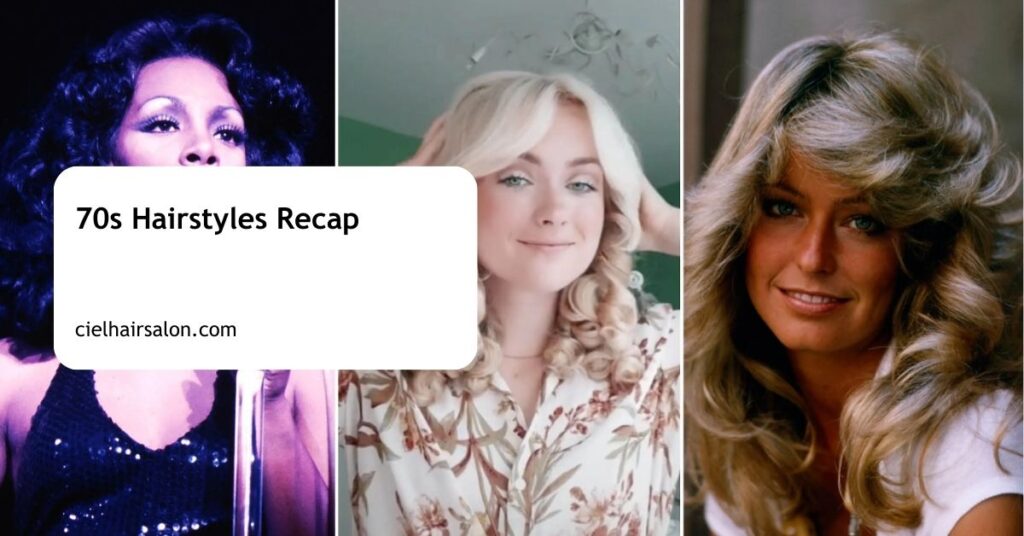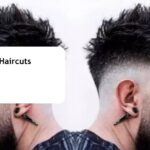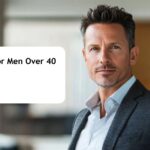The 70s were a revolutionary decade for fashion, and hairstyles were no exception. We jump into the iconic looks that defined an era, from the voluminous afros to the sleek long locks. Remember the feathered hair and feathered bangs that celebrities rocked, setting trends across the globe?
Join us as we explore the styles that made a statement and continue to inspire today. Whether you’re nostalgic for the bell-bottom era or looking to bring some retro flair into your modern look, our recap has something for everyone. Let’s journey back to a time when hair was more than just style—it was a movement.
1. Iconic 70s Hairstyles
The 1970s showcased a variety of unforgettable hairstyles that still inspire us today. We explore some of the most iconic looks that defined the era.
The Farrah Fawcett Flip

Farrah Fawcett’s signature flip captured the hearts of millions. Our favorite celebrities and everyday women embraced her voluminous feathered layers. This glamorous style framed the face beautifully and set a lasting trend in retro fashion.
The Afro
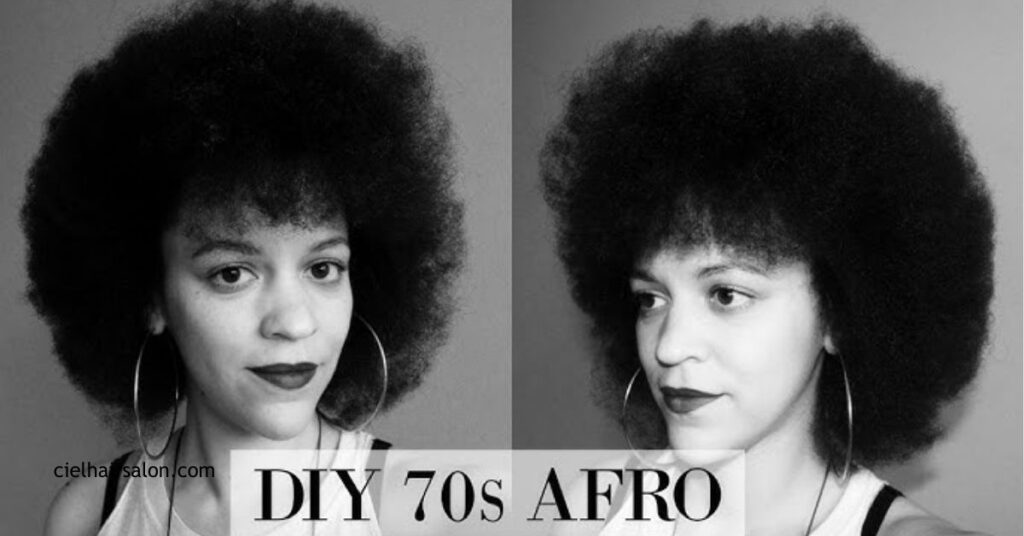
The Afro became more than just a hairstyle; it was a cultural statement. We saw icons like Jimi Hendrix and Angela Davis sporting bold natural textures. Representing pride and individuality, the Afro was a powerful expression of the 70s spirit.
2. Celebrity-Inspired Styles
Celebrities played a crucial role in defining 70s hairstyles, setting trends that fans eagerly followed. Their unique looks not only showcased individuality but also influenced mainstream fashion.
John Travolta’s Mullet

John Travolta’s iconic mullet from “Saturday Night Fever” became a defining look of the decade. Sporting short sides with long, flowing locks at the back, his style embodied the disco era’s free-spirited vibe. Fans mimicked Travolta’s cut, making the mullet a staple in both men’s and women’s fashion. The style’s versatility allowed it to transition seamlessly from the dance floor to everyday wear, highlighting its widespread appeal.
David Bowie’s Ziggy Stardust Cuts
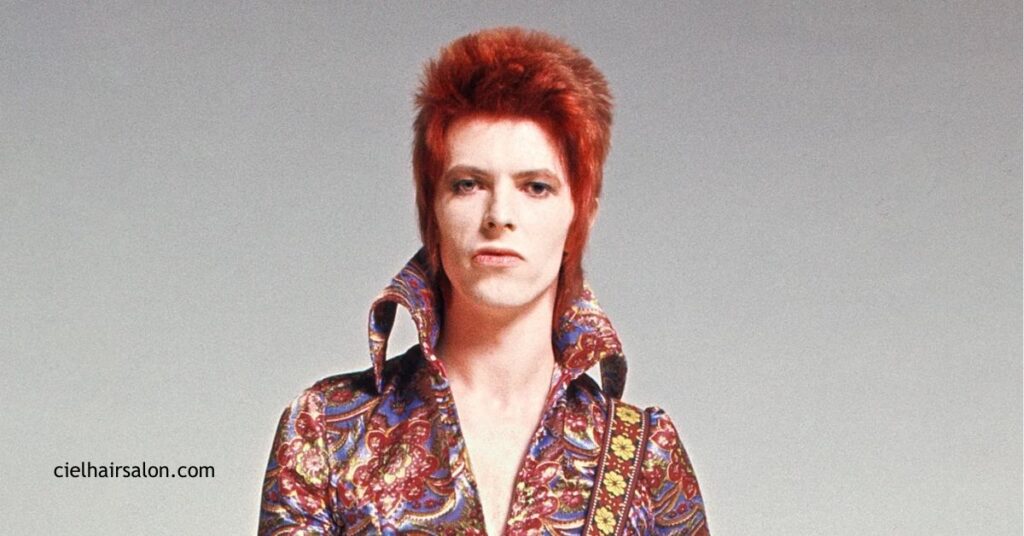
David Bowie transformed the music scene with his Ziggy Stardust persona, featuring bold and unconventional hairstyles. His vibrant, spiked hair combined with colorful dyes pushed the boundaries of 70s fashion. Bowie’s daring cuts inspired fans to experiment with their looks, embracing creativity and self-expression. The Ziggy Stardust style not only made a lasting impact on hair trends but also cemented Bowie’s status as a fashion icon.
3. Cultural Influences on 70s Hairstyles
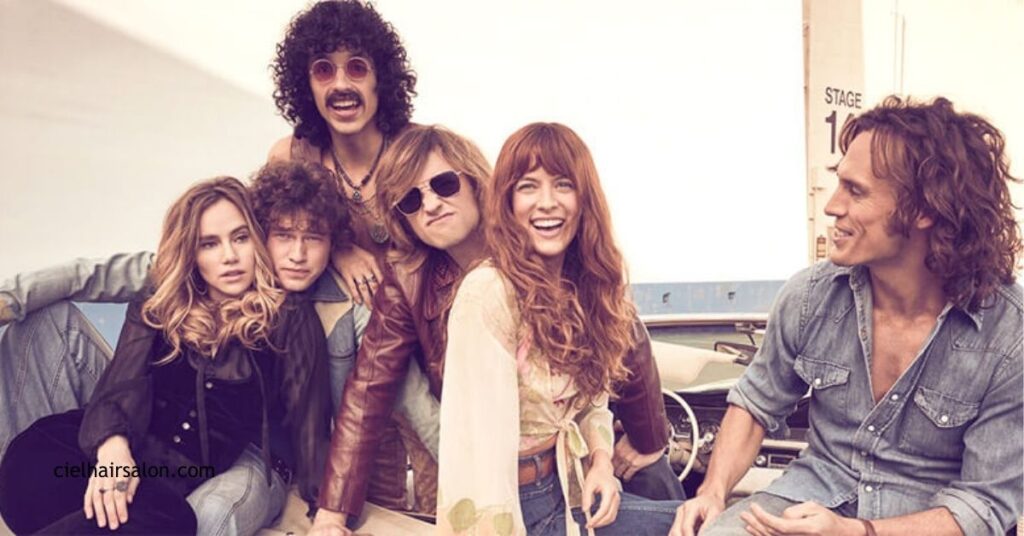
Our hairstyles in the 1970s were a direct reflection of the decade’s vibrant cultural and social shifts. Music genres and countercultural movements played pivotal roles in shaping these iconic looks.
Disco Era Styles
Disco took center stage in the mid to late 1970s, leaving a lasting mark on hair trends. Here are some standout styles from the Disco era:
- Feathered Hair: Inspired by Farrah Fawcett, feathered hair featured layers cut into the front, gently curled away from the face to create a soft, flowing look.
- Disco Curls: Embracing volume, disco curls were achieved with wide-barrel curling irons and set using medium-hold hairspray, resulting in bouncy, glossy locks perfect for the dance floor.
- Flippy Ends: Also known as the “disco flip,” this style showcased voluminous curls with ends flipped outward, adding playful texture and extra volume to the overall hairstyle.
Punk Rock Mohawks
Punk rock introduced a bold and rebellious edge to 70s hairstyles. The mohawk became a symbol of defiance and individuality within the punk scene:
- Mohawks: Characterized by shaved sides and a strip of longer hair on top, mohawks varied in height and styling, often dyed in bright colors or left in their natural state to make a striking statement.
- Spiked Mohawks: Elevating the classic mohawk, spiked variations added height and sharp angles, improving the aggressive and edgy aesthetic that punk enthusiasts embraced.
- Colored Mohawks: Bold colors like neon green, fiery red, and electric blue were popular choices, allowing individuals to express their unique personalities and stand out in the punk community.
4. Styling Techniques and Products of the 70s
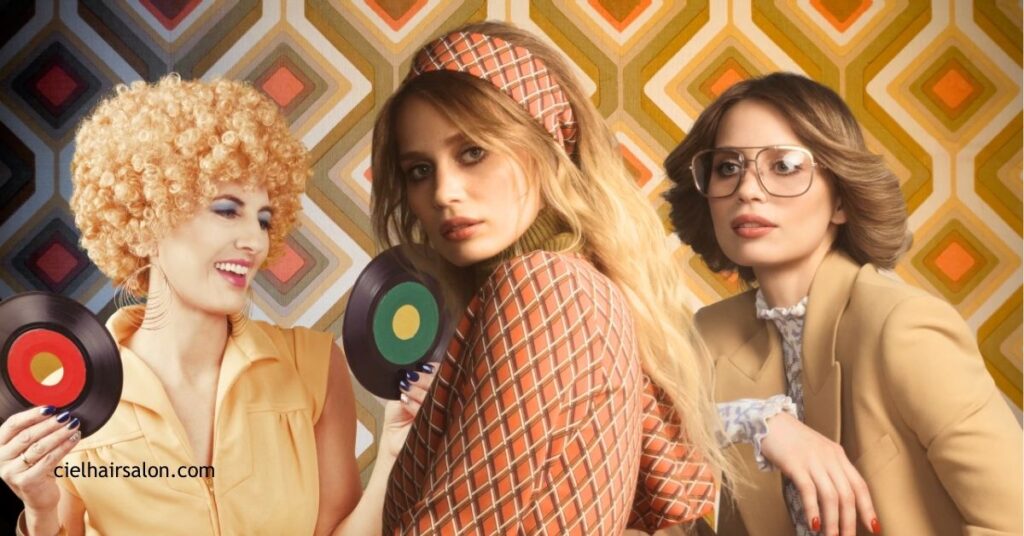
Shaggy Layers and Texturizing
- The shag haircut, iconic of the 1970s, featured choppy layers that added texture and volume, embodying individuality and nonconformity.
- Stylists achieved this look by cutting with razors, creating uneven, textured layers that gave the hair a lively, tousled appearance.
- Modern adaptations use products like Christophe Robin’s Instant Volumizing Mist with Rose Water to replicate the voluminous texture, especially for thin or flat hair.
- For curly styles, we relied on Luscious Curl Defining Cream with Chia Seed Oil to enhance and hydrate curls, applying it to damp hair before either air drying or using a diffuser to boost natural texture.
Hairspray and Styling Products
- Hairspray was essential in the 1970s, keeping elaborate hairstyles in place throughout the day and night.
- We used various types of hairspray to achieve different levels of hold, from flexible finishes that allowed movement to strong-hold sprays that maintained intricate styles.
- Additional styling products like mousse and gel complemented hairspray, providing extra volume and defining curls or waves.
- Tools such as blow dryers and diffusers played a crucial role in setting styles, enabling us to create everything from sleek, polished looks to the more relaxed, tousled textures popular in the disco era.
5. Legacy of 70s Hairstyles
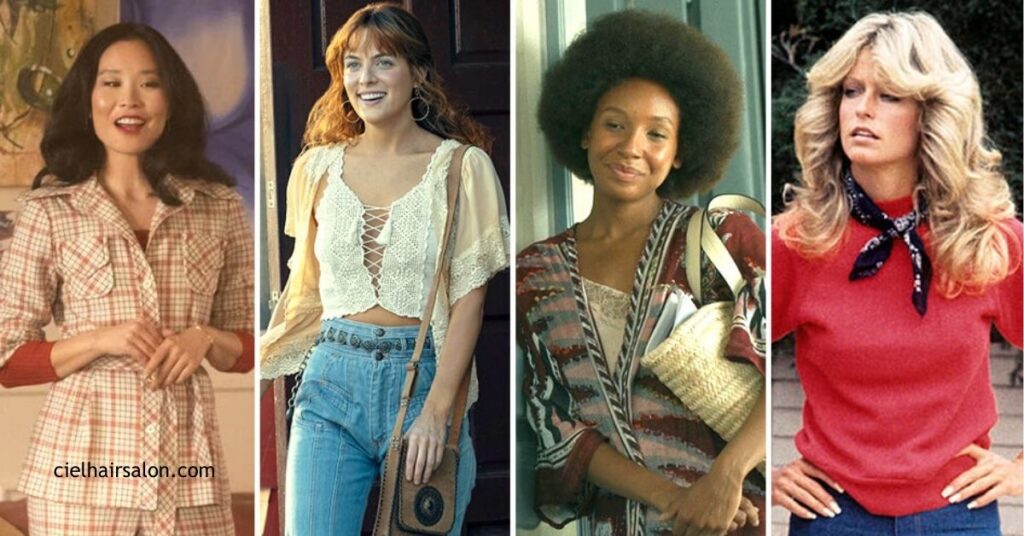
The 1970s left an unforgettable mark on the industry of hairstyles, influencing trends that still shine today. Let’s explore how these iconic looks continue to shape modern fashion.
Influence on Modern Trends
Modern hairstylists frequently draw inspiration from the 70s, integrating elements like layered cuts and natural textures. Feathered hairlines today mirror the voluminous front layers made famous by stars like Farrah Fawcett. Shag haircuts have resurfaced, offering a textured and effortlessly cool vibe that reflects their rebellious 70s origins. Also, the afro has inspired contemporary styles that celebrate natural curls and hair diversity, emphasizing the decade’s focus on cultural pride and individuality.
Revival in Contemporary Fashion
Contemporary fashion often brings back 70s hairstyles with a fresh twist. Celebrities are rocking feathered bangs and shaggy layers, infusing the playful and free-spirited essence of the era into their looks. Hair salons are embracing 70s-inspired cuts, using modern products to enhance volume and texture while maintaining manageability. The afro is making a strong comeback, with many opting for fuller, natural hairstyles as a statement of identity and empowerment. These revivals honor the past while adapting 70s styles to fit today’s aesthetic, ensuring their lasting popularity and relevance.
Conclusion
Embracing the bold and unique styles of the 70s allows us to celebrate a vibrant era of self-expression. These iconic hairstyles not only highlight creativity but also inspire us to infuse originality into our modern looks. By revisiting these timeless trends, we connect with a rich cultural heritage that continues to influence today’s fashion. Whether adopting a classic flip or experimenting with voluminous textures, the spirit of the 70s encourages us to showcase our individuality. Let’s keep the legacy alive by blending retro charm with contemporary flair, ensuring that the essence of the 1970s remains a ever-changing part of our style journey.
Frequently Asked Questions
What were the most iconic hairstyles of the 1970s?
The 1970s featured several iconic hairstyles, including voluminous afros, sleek long locks, feathered hair, and bangs. Celebrities like Farrah Fawcett popularized the signature flip, while John Travolta’s mullet and David Bowie’s Ziggy Stardust look became defining styles of the decade. These hairstyles not only defined the era’s fashion but also influenced cultural movements, making them memorable and influential to this day.
How did music genres influence 70s hairstyles?
Music genres like disco and punk rock significantly shaped 70s hairstyles. Disco-inspired styles included feathered hair, disco curls, and voluminous textures perfect for the dance floor. In contrast, punk rock introduced rebellious looks such as mohawks and spiked hair, allowing individuals to express defiance and uniqueness. These musical influences drove the diversity and creativity in 70s hairstyles, reflecting the vibrant cultural shifts of the time.
Which celebrities popularized 1970s hairstyles?
Several celebrities played key roles in popularizing 1970s hairstyles. Farrah Fawcett’s signature flip became a beloved style, while John Travolta’s mullet from “Saturday Night Fever” defined the disco era. David Bowie’s Ziggy Stardust persona showcased bold and unconventional hairstyles, encouraging creativity and self-expression. Icons like Jimi Hendrix and Angela Davis also used the Afro as a powerful cultural statement, cementing their status as fashion influencers of the decade.
What styling techniques were used to achieve 70s hairstyles?
Styling 70s hairstyles involved techniques like razor cutting for textured shag haircuts and using blow dryers with diffusers for volume. Essential products included hairspray for hold, mousse and gel for added volume, and styling creams for defining curls. Voluminous afros were achieved with volumizing mists, while feathered styles required precise layering and blow-drying. These methods emphasized individuality and the playful, textured looks characteristic of the decade.
How do 1970s hairstyles influence modern fashion?
1970s hairstyles continue to inspire modern fashion by reintroducing elements like layered cuts, natural textures, feathered hairlines, and shag haircuts. Contemporary stylists incorporate these retro styles with fresh twists, celebrating individuality and cultural pride. The Afro has influenced modern styles that embrace natural curls and diversity, while feathered and shagged looks remain popular for their versatile and rebellious origins, ensuring the lasting legacy of 70s hairstyles in today’s trends.
What was the significance of the Afro in the 1970s?
The Afro was more than a fashion statement in the 1970s; it was a powerful cultural symbol of pride and individuality. Advocated by influential figures like Jimi Hendrix and Angela Davis, the Afro represented a celebration of natural hair and African heritage. It transcended mere style, becoming an emblem of the Black empowerment movement and self-expression, significantly impacting both fashion and cultural identity during the decade.
How did punk rock impact 70s hairstyles?
Punk rock brought a rebellious edge to 1970s hairstyles with styles like mohawks, spiked hair, and brightly colored locks. These looks allowed individuals to express defiance against mainstream culture and showcase their unique personalities. Punk hairstyles were often bold and unconventional, reflecting the genre’s anti-establishment ethos and contributing to the diverse range of styles that defined 70s fashion.
What products were essential for maintaining 1970s hairstyles?
Essential products for 70s hairstyles included hairspray for hold, mousse and gel for volume, and styling creams like Christophe Robin’s Instant Volumizing Mist and Luscious Curl Defining Cream for defining textures. Hairspray was crucial for maintaining elaborate styles, while mousse helped achieve the desired volume. These products, along with styling tools like blow dryers and diffusers, were key to creating and preserving the decade’s iconic and intricate hairstyles.
Why are 1970s hairstyles still popular today?
1970s hairstyles remain popular due to their timeless appeal and versatility. Modern stylists draw inspiration from the era’s layered cuts, natural textures, and bold styles, adapting them to contemporary tastes. The emphasis on individuality and cultural expression from the 70s resonates with today’s fashion trends. Additionally, the nostalgic value of retro looks encourages people to incorporate vintage elements into their modern styles, ensuring the enduring legacy of 70s hairstyles.
How can I incorporate 1970s hairstyles into my modern look?
To incorporate 1970s hairstyles into your modern look, consider adding layers or opting for a shag haircut to create texture and volume. Feathered bangs or a subtle flip can evoke a retro vibe, while embracing natural curls inspired by the Afro celebrates individuality. Use modern styling products like volumizing mist and curl-defining cream to achieve the desired look. Mixing vintage elements with contemporary techniques ensures a stylish and current appearance inspired by the 70s.

